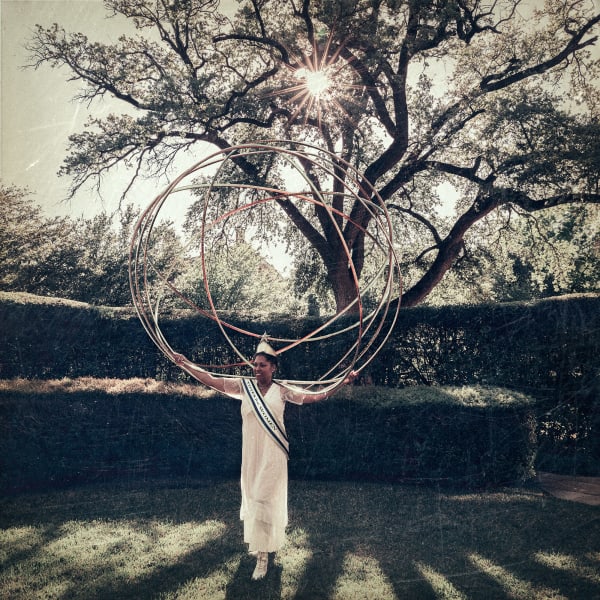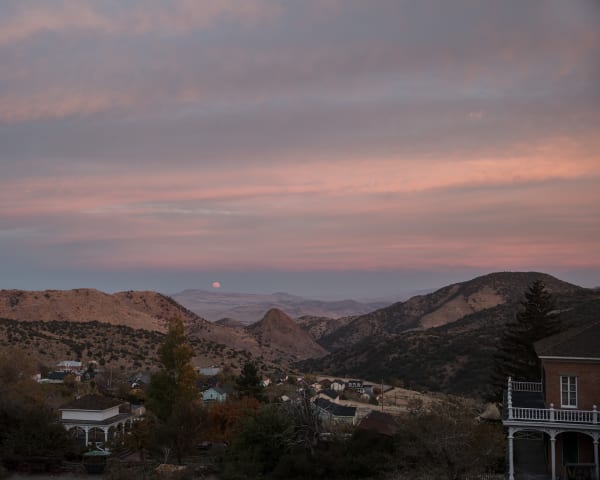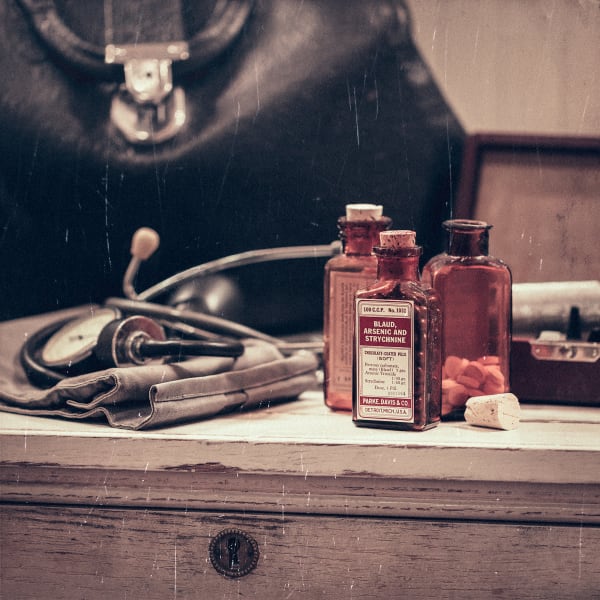-

-
Since 2016, Jeanine Michna-Bales has been researching the Suffrage chapter of American history. The project champions a little-known figure who was at the forefront of the suffrage movement in the early 20th century, Inez Milholland Boissevain (1886 – 1916).
-

12,000-Mile Swing Through the West, 2020 Rand-McNally New Official Railroad Map of the United States and Southern Canada, 1916
-
Organizing and leading marches on horseback while dressed in white, Milholland helped form the National Woman’s Party. The group mounted a radical campaign for women’s suffrage in the Western states just prior to the 1916 Presidential election in which President Wilson was running for reelection. At that time only 12 states, all in the west, allowed women the full right to vote. Hundreds of women were asked to travel west to appeal to the newly empowered women voters to put aside all other political agendas and unite behind their non-voting sisters back east. Various keynote speakers were chosen to head the campaign including Harriet Stanton Blatch, Elizabeth Cady Stanton’s daughter, and Inez Milholland. Although she would never personally benefit from a National Suffrage Amendment, Inez battled chronic illness, lack of sleep and delivered some 50 speeches in eight states in 21 days.
-

Inez Milholland Boissevain, wearing white cape, seated on white horse at the National American Woman Suffrage Association parade, March 3, 1913
-
“The right of citizens of the United States to vote shall not be denied or abridged by the United States or by any State on account of sex.”
— 19th Amendment to the United States Constitution
-

-
From well before the Civil War to 1920, American women were part of a monumental struggle for their own independence. During this long period, women were without a direct political voice and were unable to hold office, have a say in political matters, or even own property. Often they were viewed as either belonging to their fathers or their husbands. And married women had less rights than children. In response, supporters worked state by state challenging male voters to live up to their democratic ideals. And in some states they were successful. By 1916, 12 states—mostly in the west—had some form of suffrage for women. But when the suffragists took the same argument to a national level, they found little support.
-
 Room Key, The Palace Hotel, San Francisco, California, 2018
Room Key, The Palace Hotel, San Francisco, California, 2018 -
Traveling with her sister Vida, Inez delivered some 50 speeches in eight states in 28 days. Battling chronic illness and lack of sleep, her four-week itinerary, brutal even by today’s travel standards, consisted of street meetings, luncheons, railroad station rallies, press interviews, teas, auto parades, dinner receptions, speeches in the West’s grandest theaters, and even impromptu talks on trains while on her way to the next destination.
On October 24th, 1916 her last public speech was delivered at Blanchard Hall in Los Angeles. She collapsed on stage and her final public words were, “Mr. President, how long must women wait for liberty?” Her health forced her to cut the tour short and she died 30 days later at the age of 30, making her the sole martyr of the American Suffrage Movement. Inspired by her devotion, the movement continued to grow, and ultimately led to the 1920 ratification of the 19th Amendment.
-
 Ready for Battle, 2019Autochrome Print11 x 11 inchesEdition of 3
Ready for Battle, 2019Autochrome Print11 x 11 inchesEdition of 3 -
-
Standing Together retraces the sisters’ journey as a determined Inez persuaded standing-room-only crowds throughout the west to vote for the enfranchisement of women.The visual essay is pieced together using many primary sources and the research directly informs the image choices throughout the series.
Jeanine Michna-Bales, October 8 - December 3, 2021








































